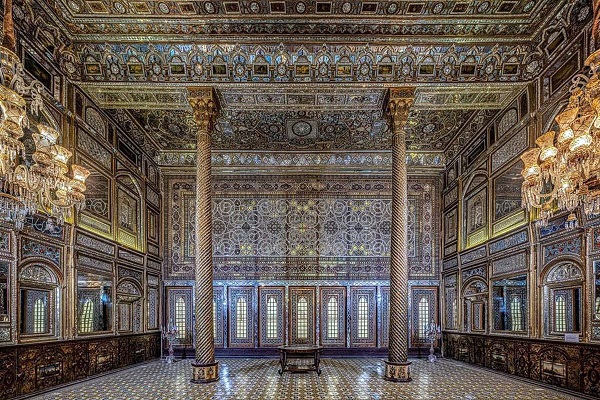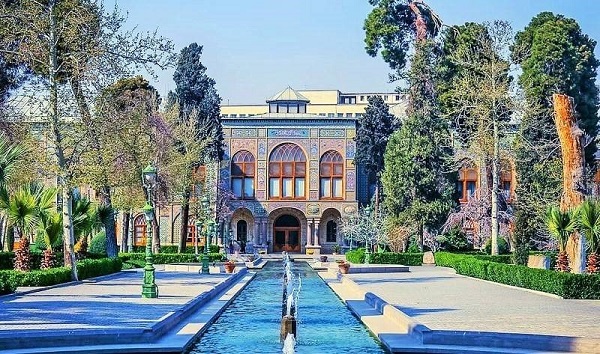Golestan Palace is a UNESCO World Heritage site and one of the most famous tourist attractions in Tehran, Iran. It is a complex of buildings and gardens that served as the residence of the Qajar dynasty (1785-1925) and later became the seat of the Pahlavi dynasty (1925-1979).
The palace complex includes several structures and museums, such as the Marble Throne Room, Mirror Hall, Museum of Gifts, Ethnographic Museum, and the Picture Gallery. These buildings feature exquisite architecture and intricate decorations, including mosaic tiles, stunning mirror work, and beautiful paintings.
In addition to the historical significance, Golestan Palace offers visitors a glimpse into Persian culture and lifestyle. The gardens surrounding the palace are lush and beautiful, providing a peaceful oasis in the heart of Tehran.
Overall, Golestan Palace is a must-see attraction for anyone visiting Tehran, offering a fascinating insight into Iran’s rich cultural heritage.
The Golestan Palace complex was built during the reign of the Safavid dynasty, but it was remodeled and expanded during the Qajar dynasty, which ruled Iran from 1794 to 1925. The palace consists of several buildings, each with its own unique history and architectural style.

The oldest building in the complex is the Shams al-Emareh, which was built in 1867 by order of Naser al-Din Shah. It is a five-story tower with a European-style clock tower and a beautiful pattern of brickwork and tiling.
The Marble Throne, or Takht-e Marmar, is another famous building in the palace complex. It was built in 1806 and has been used for coronations and other important ceremonies throughout history. The throne itself is made of yellow and green marble and is decorated with intricate carvings and inlaid with precious stones.

The palace complex also includes several museums that showcase different aspects of Iranian culture and history. The Museum of Anthropology, for example, has exhibits on traditional Iranian clothing, music, and handicrafts. The Treasury of the National Jewels is another museum within the palace complex that contains an impressive collection of Iranian royal jewels, including the largest pink diamond in the world.
Visitors to the Golestan Palace complex can walk through beautiful gardens and courtyards and marvel at the intricate tile work, stucco decorations, and other exquisite examples of Persian architecture. Overall, the Golestan Palace is an important cultural landmark in Iran and gives visitors a fascinating